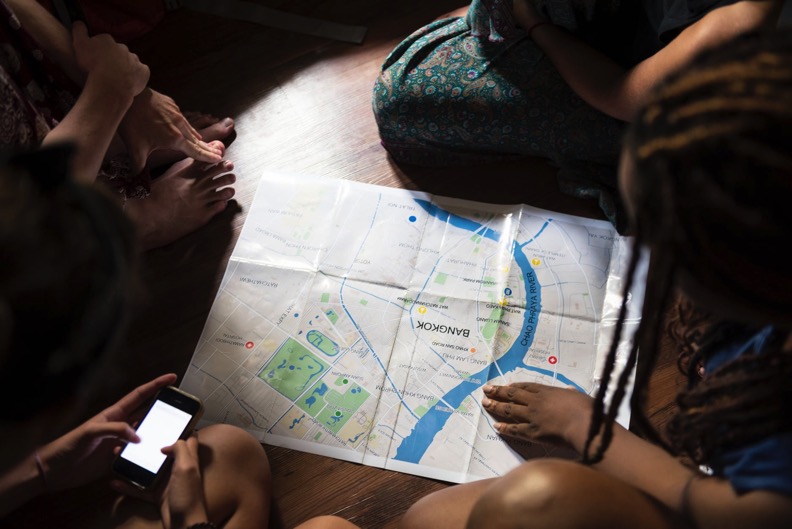It is a known fact that the only way to gain a solid foothold in any global market is with app localization. Almost every online marketer knows that more than half of the world’s smartphone users are in Asia and the Pacific. That means if you want any app you develop to take off, it has to be localized to these regions, at least in the way of the local language.
Localization needs to be done correctly, or it shouldn’t be done at all. That’s why we cover 5 tips to localize your app to the global market being targeted.
The Meta Data
The first place you should start is with the Meta Data, which will be used by your app when people search for it in the app store. The metadata like the description, name, keywords, etc. will all have to be localized. The same goes for the sales pitch, which leads the customer to make a purchase or download the app.
Get a Human Translator
Once you have researched who the app’s target audience is and have snappy Meta Data ready, the next step is to get it translated. Sure! You might be tempted to use a machine translator because it is free or cheap, but doing that will ruin everything.
A human translator will not just translate the text from English into their native language but will also consider cultural and linguistic customs. You’ll need to ensure that your localized app does not become offensive or worse a laughingstock.
Cultural Differences
You want to make sure that all the content associated with the app and even your business is localized. The localization will include changing the color palette that’s used and changing the screenshots for the app. Generally speaking, companies will do good to avoid animals, religious symbols, and color combinations which are associated with a specific national flag as all of these can be potentially offensive.
Separate Code and Content
A localized app is best built from the ground up what that means is code and content need to be as apart from each other as possible. So, as a best practice, you don’t want to hardcode text strings into an app because doing so will make it very difficult to translate.
Another good instance of this is using text within an image. If the text is part of the image, then when you translate that text, the image will have to be redone. So, the more languages and regions you want to localize the app for the harder and longer you’ll need to work.
The App’s Layout
You will also want to avoid using fixed height and width for the layout as that will make copying texts for some languages difficult. If possible use a fluid layout which will accommodate texts of various lengths and in multiple directions. You will want to use a custom layout template for the most challenging languages like Chinese, Korean, and Japanese, etc.

